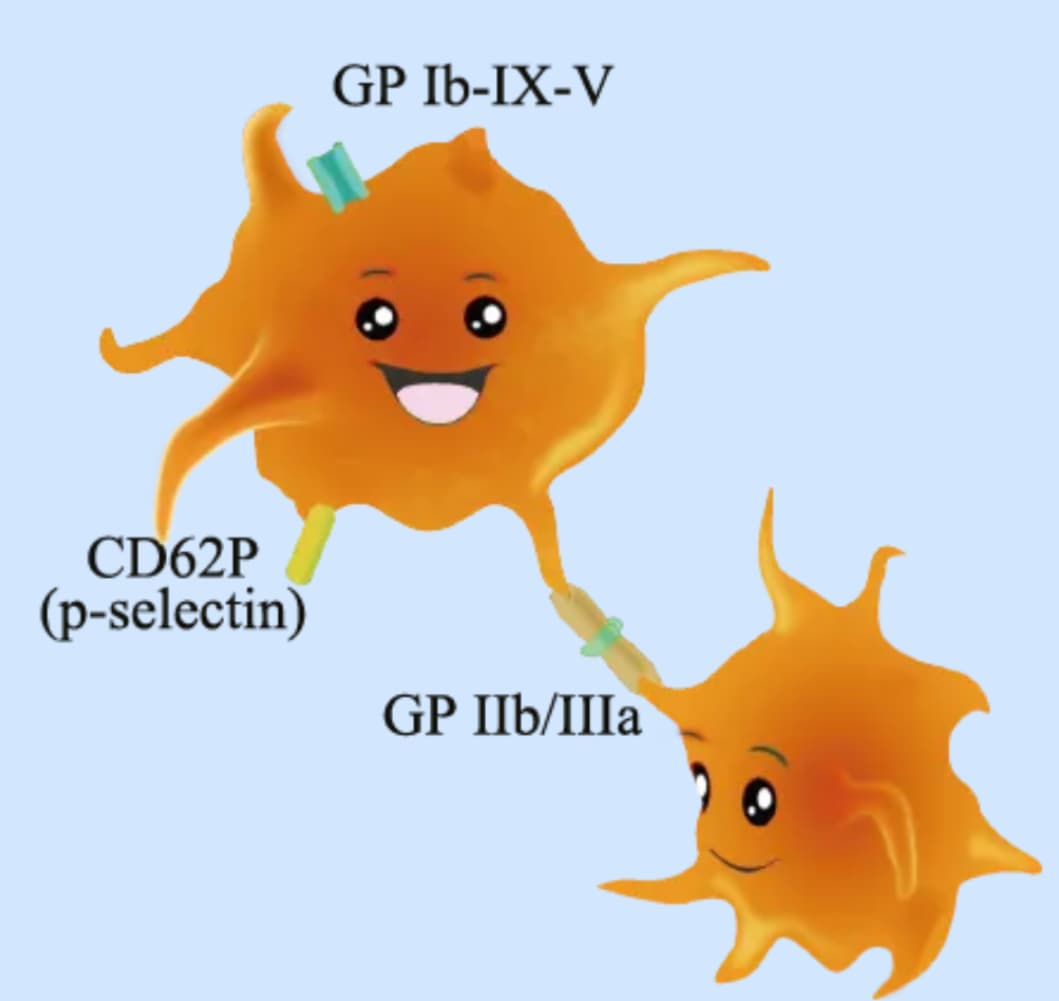1. The Invisible Warning: Activated Platelets
October 29 marks World Stroke Day, a reminder to pay attention to brain health and take action to prevent strokes, one of the leading causes of death and disability worldwide.
Strokes can occur suddenly, and certain physiological changes may precede clinical symptoms. Early detection is therefore essential for timely risk assessment and intervention.
Many people associate stroke with high blood pressure, high cholesterol, and atherosclerosis. While these are important risk factors, there’s a crucial, often overlooked element — abnormal platelet activation.
Normal platelets help stop bleeding, but when excessively activated, they become overly sticky and prone to clumping. Like tiny “time bombs,” they can form blood clots that block cerebral blood vessels, leading to ischemic stroke.
Traditional blood tests may not fully reflect platelet activation; direct monitoring of platelet functional state provides more comprehensive information.
2. The Gold Standard: Platelet Activation Markers
Early detection of platelet activation is key to predicting thrombotic events. Important markers include:

● CD62P (P-Selectin): Recognized as the gold standard for platelet activation. Its surface expression signals the initiation of clot formation.
● PAC-1: A widely accepted marker for early platelet activation.
● CD42a, CD42b, CD41, CD61: Maintain platelet structure and function, mediating aggregation, adhesion, and secretion.
These markers allow clinicians to precisely assess platelet activation and intervene before stroke occurs.
Testing Significance
1) Personalized Antiplatelet Therapy
Provides precise guidance for the use of antiplatelet drugs such as aspirin and clopidogrel, enabling individualized treatment.
2) Stroke Risk Assessment
Detects hidden hypercoagulable states in time, offering early warning for cardiovascular and cerebrovascular events.
3) Medication Guidance & Efficacy Monitoring
Evaluates whether antiplatelet therapy is effective and identifies potential “drug resistance,” allowing timely adjustment of treatment plans.
3. CRET Platelet Activation Measurement
Poclight Platelet Activation Function Analyzer: Real-Time, Dynamic, and Precise
Poclight CRET Analyzer and reagents offers a powerful tool for platelet monitoring, helping clinicians make informed decisions regarding transfusion strategies, bleeding/thrombosis risk prediction, and treatment optimization.

With CRET Measurement, clinicians can detect the “invisible” culprits of stroke early, enabling timely intervention and improved patient outcomes.
For detailed information and partnership options, please contact us.

 English
English français
français русский
русский español
español português
português العربية
العربية 日本語
日本語 Türkçe
Türkçe हिंदी
हिंदी Indonesia
Indonesia 








 IPv6 network supported |
IPv6 network supported | 